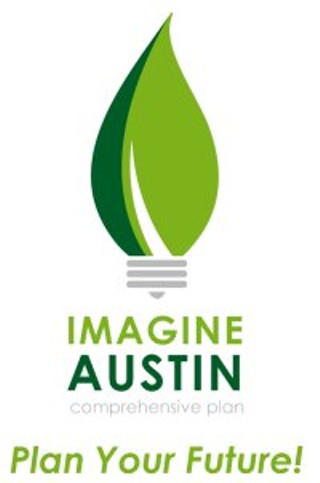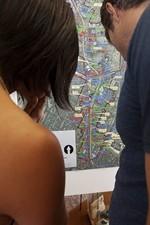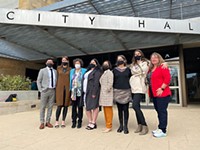Imagine Austin Five Years Later
Progress report details wins, losses, path forward for 30-year plan
By Sarah Marloff, 3:20PM, Mon. Oct. 9, 2017

Imagine Austin, the city’s comprehensive 30-year plan for an inclusive, safe, livable, affordable, accessible, engaged, and healthy Austin, turned five years old on June 15. To celebrate (albeit a bit late), city staff released a progress report of the work accomplished and challenges the effort has faced.
At 175 pages, the report card presents a smattering of assessments, relying on 41 project indicators to track Imagine Austin’s eight priority programs: Healthy Austin, Creative Economy, Compact and Connected, CodeNEXT, Water, Environment, Affordability, and Workforce. Of those indicators, 17 show improvement – specifically in the areas of environmental health, community health, and economic vibrancy – and 12 indicators “show movement in the wrong direction.” To the surprise of nobody, affordability and mobility represent the two big players facing “worsening of conditions.” Of the remaining indicators, 11 show “little to no change” and insufficient data hinders conclusive results for one. The report concludes that “within many indicators, we show consistent inequities along racial, ethnic, and socioeconomic lines.”
Yet the report also touts the plan’s “ability to bring people together across subject areas to collaborate, coordinate, and innovate toward comprehensive solutions.” Of the 237 action plans identified, six have been completed (including the adoption of the Watershed Protection Ordinance, and the development of Urban Trails Master Plan). More have been started, but many will remain “in progress” for long periods of time due to ongoing efforts or continual need for attention. While mobility hasn’t yet improved, the passage of 2016’s $720 million Mobility Bond represents a major funding accomplishment; while City Council’s pending vote on CodeNEXT (Austin’s ongoing overhaul of the land use code) next April (as well as the implementation of the Strategic Housing Blueprint and a new Community Health Improvement Plan) are expected to have a “substantial impact” on the comprehensive plan. Also beneficial, say staff, by creating the report, city leaders had the opportunity to assess plans that are working, those that aren’t, and barriers to pursuing “impactful solutions,” which in theory will help “improve operations through the next five years” – and ultimately achieve Imagine Austin.
Got something to say on the subject? Send a letter to the editor.
A note to readers: Bold and uncensored, The Austin Chronicle has been Austin’s independent news source for over 40 years, expressing the community’s political and environmental concerns and supporting its active cultural scene. Now more than ever, we need your support to continue supplying Austin with independent, free press. If real news is important to you, please consider making a donation of $5, $10 or whatever you can afford, to help keep our journalism on stands.
March 8, 2024
Imagine Austin comprehensive plan, Imagine Austin









